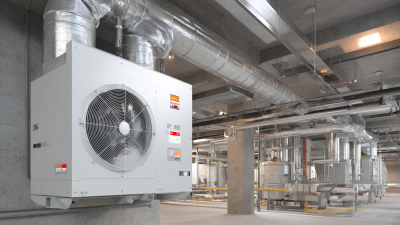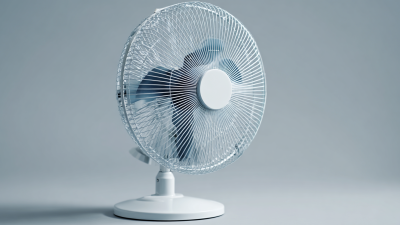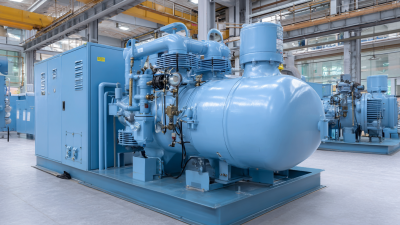




The 138th Canton Fair in China, scheduled for 2025, promises to be a significant platform for innovation in various industries, particularly in the domain of
HVAC solutions such as Bathroom Exhaust Fan Motors.
Recent reports indicate that the global bathroom exhaust fan market is expected to reach USD 1.5 billion by 2026, growing at a CAGR of 7.8% from 2021 to 2026. The increasing awareness of indoor air quality and the demand for energy-efficient appliances are driving this growth.
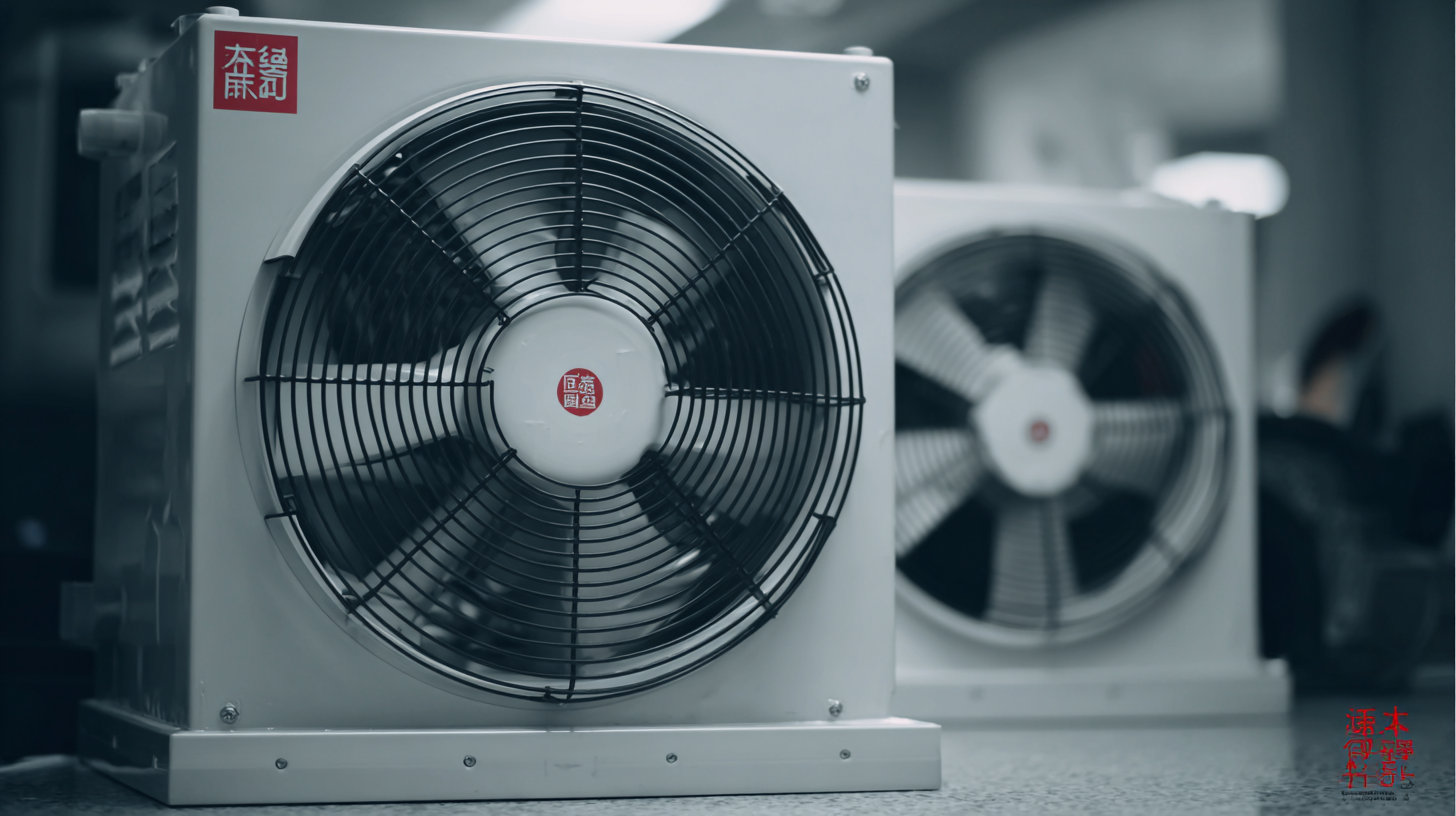 As manufacturers showcase advanced designs and technologies, including smart integration and noise reduction features, the Canton Fair serves as a vital venue for industry stakeholders to explore these advancements.
The ongoing efforts to enhance the efficiency and sustainability of Bathroom Exhaust Fan Motors not only reflect market trends but also align with global environmental goals, making the
2025 event a must-attend for professionals aiming to stay ahead in the rapidly evolving HVAC market.
As manufacturers showcase advanced designs and technologies, including smart integration and noise reduction features, the Canton Fair serves as a vital venue for industry stakeholders to explore these advancements.
The ongoing efforts to enhance the efficiency and sustainability of Bathroom Exhaust Fan Motors not only reflect market trends but also align with global environmental goals, making the
2025 event a must-attend for professionals aiming to stay ahead in the rapidly evolving HVAC market.
At the 138th Canton Fair in 2025, emerging trends in bathroom exhaust fan motor technology take center stage, showcasing the industry's shift towards energy efficiency, noise reduction, and smart technology integration. Recent market research indicates that the global bathroom exhaust fan market is expected to reach $1.6 billion by 2026, with an annual growth rate of 5.5%. Manufacturers are investing heavily in innovative motor designs that not only enhance airflow but also minimize noise levels, addressing consumers' demands for quieter environments.
In addition to performance improvements, the trend towards smart technology is transforming how we think about bathroom ventilation. Integration with home automation systems allows users to control exhaust fans through their smartphones or voice assistants, offering convenience and energy savings. According to a report from Grand View Research, the adoption of smart home technologies in ventilation systems is projected to grow by over 16% within five years.
Tips: When considering a bathroom exhaust fan, look for models with energy-efficient motors certified by ENERGY STAR. Additionally, choosing a fan with a noise rating of less than 1.5 sones ensures a quieter operation, enhancing your overall bathroom experience. Finally, explore options that offer smart home compatibility for added convenience and control.
Innovations in bathroom exhaust fan motors are increasingly focusing on sustainability and energy efficiency, which align with broader trends seen at global events like the 138th Canton Fair. As the industry becomes more attuned to environmental concerns, manufacturers are developing advanced motor technologies that reduce energy consumption while maintaining effective ventilation. These innovations are crucial not only for enhancing indoor air quality but also for minimizing a building's overall energy footprint.
Tips for improving energy efficiency in your bathroom include selecting exhaust fans with the ENERGY STAR label, which indicates compliance with energy-saving standards. Furthermore, consider installing timers or humidity sensors that activate the fan only when needed, thereby conserving energy when the bathroom is unoccupied. Regular maintenance of the fan and ducts can also help preserve efficient operation, ensuring optimal air flow and prolonging the lifespan of the motor.
Sustainable practices are not just limited to the use of energy-efficient motors. The integration of smart home technologies can further enhance these systems, allowing occupants to monitor and control ventilation remotely. By adopting such innovations, homeowners can contribute to a healthier environment while benefiting from lower energy bills and improved overall comfort.
At the 138th Canton Fair in 2025, leading manufacturers in the bathroom ventilation sector will unveil their latest innovations in exhaust fan motors. This year's event is particularly crucial, as the global bathroom ventilation market was valued at approximately $10.6 billion in 2022 and is projected to grow at a compound annual growth rate (CAGR) of 5.1% through 2030, according to a recent industry analysis from Research and Markets. Companies are increasingly focusing on energy-efficient technologies, enhanced noise reduction features, and smart integration capabilities, reflecting the evolving consumer preferences for both functionality and sustainability.
Exhibitors will showcase ground-breaking solutions designed to improve indoor air quality and energy efficiency. Emerging technologies include advanced motor designs that reduce energy consumption by up to 40%, as highlighted in the latest report by Grand View Research. Furthermore, the integration of IoT capabilities is enabling users to remotely monitor and control ventilation systems, making it easier to maintain optimal living conditions. With a growing awareness of the health impacts of poor ventilation, manufacturers at the Canton Fair are positioned to lead the charge in setting new standards for bathroom exhaust systems.
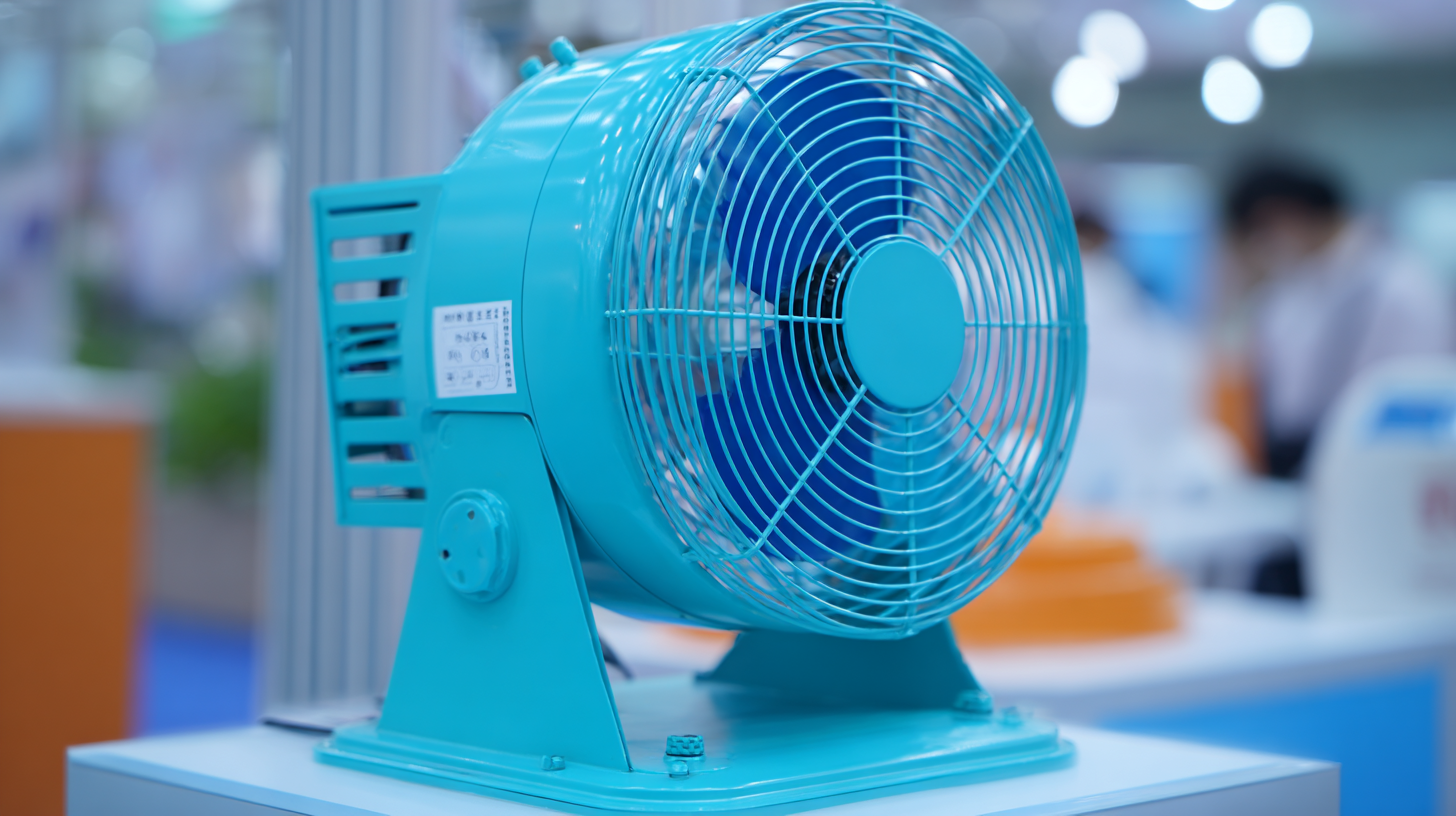
As the 138th Canton Fair approaches in 2025, one of the most fascinating areas of innovation is the advancements in bathroom exhaust fan motors. Modern consumers increasingly demand smarter, more efficient solutions for home ventilation, prompting manufacturers to enhance their products with IoT capabilities. A comparative analysis reveals that smart exhaust fans are not just an upgrade in convenience but also in energy efficiency. Reports from the Energy Efficiency Industry Association suggest that smart ventilation systems can reduce energy consumption by up to 30%, highlighting their potential for significant savings on utility bills.
When evaluating different exhaust fan motors, it’s essential to consider key smart features such as humidity sensors, motion detection, and Wi-Fi connectivity. These innovations allow for automatic adjustments based on environmental conditions, ultimately improving indoor air quality while minimizing energy use. Additionally, smart fans can be integrated with home automation systems, providing users the ability to control settings remotely.
Tips for selecting a smart exhaust fan motor include checking for energy certifications, ensuring compatibility with existing home automation platforms, and looking for models with reliable customer reviews. Furthermore, pay attention to the motor's noise level; quieter options are particularly advantageous in residential bathroom settings where comfort is paramount. As we look forward to the Canton Fair, it’s clear that the future of bathroom ventilation is not only about functionality but also about smart, sustainable living.
| Feature | Model A | Model B | Model C |
|---|---|---|---|
| Smart Connectivity | Yes | No | Yes |
| Noise Level (dB) | 30 | 40 | 32 |
| Energy Efficiency Rating | A++ | A+ | A++ |
| Remote Control | Optional | Not Available | Required |
| Airflow Capacity (CFM) | 110 | 90 | 115 |
The future prospects for exhaust fan innovations in China are promising, especially in light of increasing environmental awareness and the need for sustainable urban solutions. The integration of advanced technologies into bathroom exhaust fans can significantly enhance energy efficiency and indoor air quality. As urban areas expand, the demand for effective ventilation systems becomes critical for maintaining healthy living conditions. Innovations in motor technology, such as the use of energy-efficient designs and smart features, can provide solutions that not only meet regulatory standards but also align with consumer preferences for greener products.
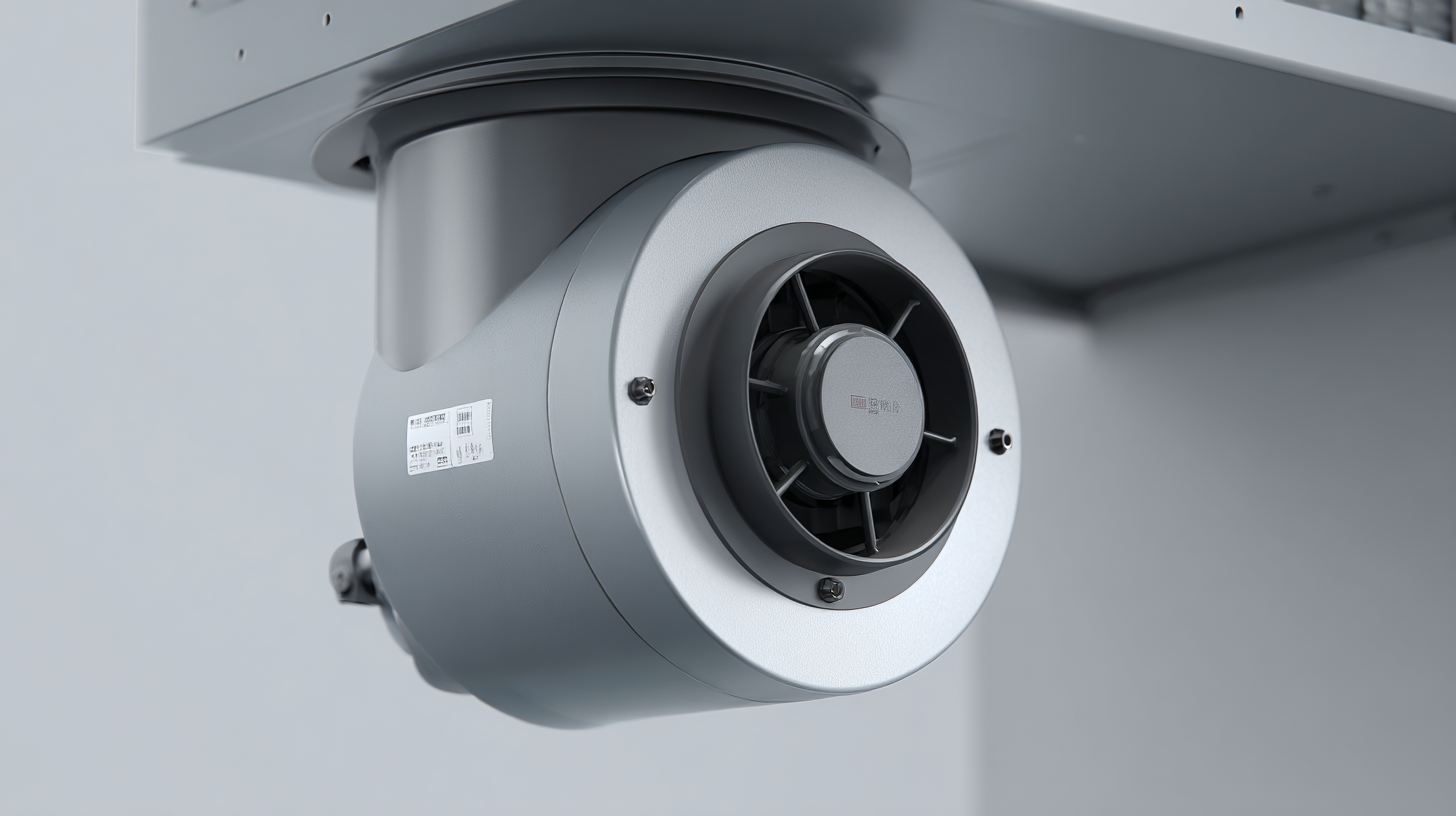
Moreover, the market opportunities for exhaust fan innovations in China are further bolstered by government policies promoting energy efficiency and sustainable development. By leveraging technological advancements, manufacturers can develop products that cater to the rising consumer consciousness about environmental impacts. Collaborations with research institutions can facilitate the exploration of innovative materials and engineering designs, setting the stage for significant market growth. This aligns with broader trends in related sectors, such as renewable energy and energy-efficient technologies, underscoring the interconnected nature of these industries in driving a sustainable future.

